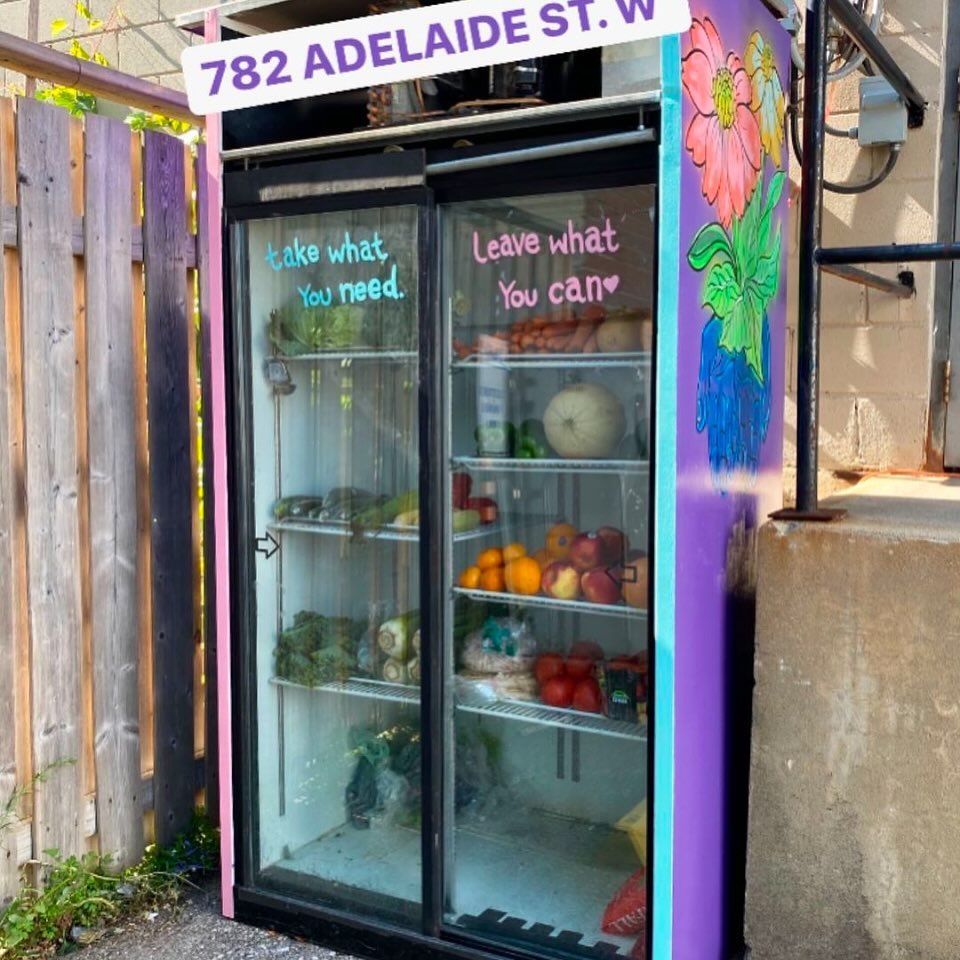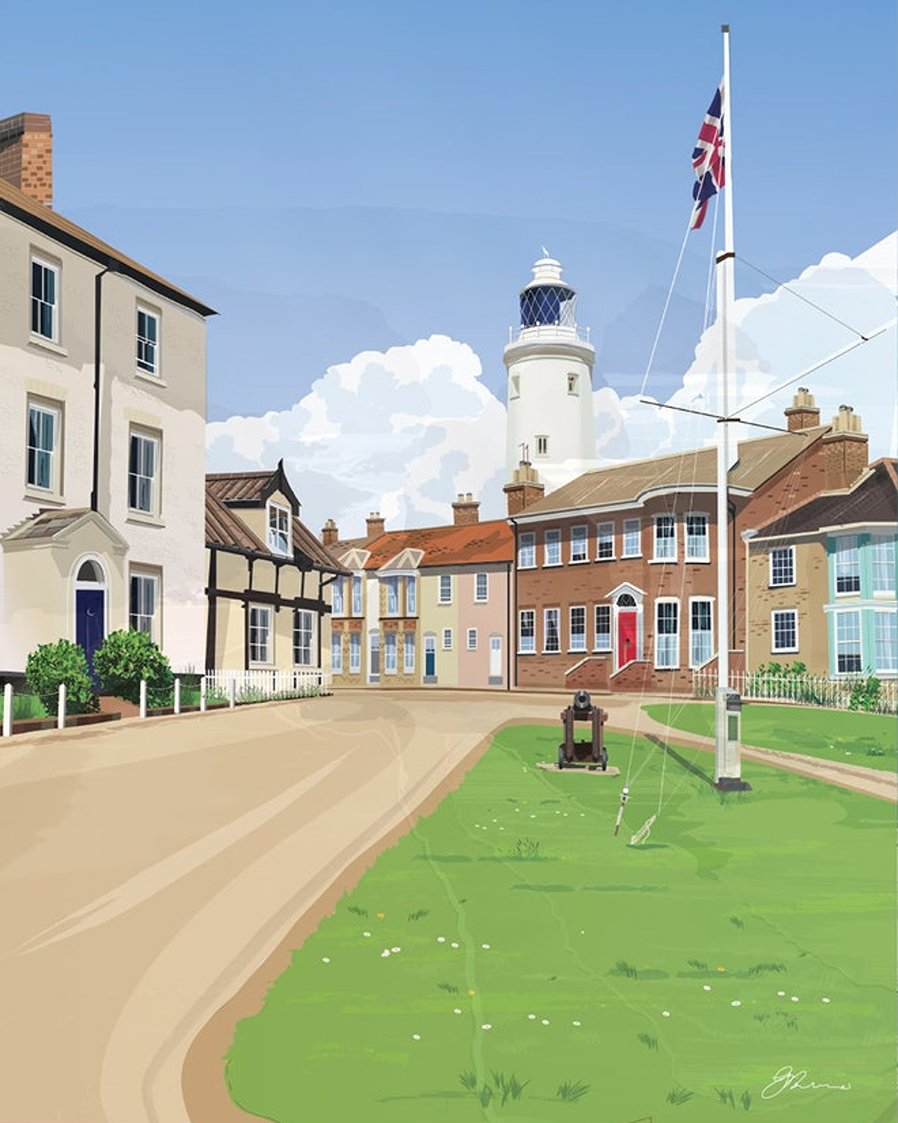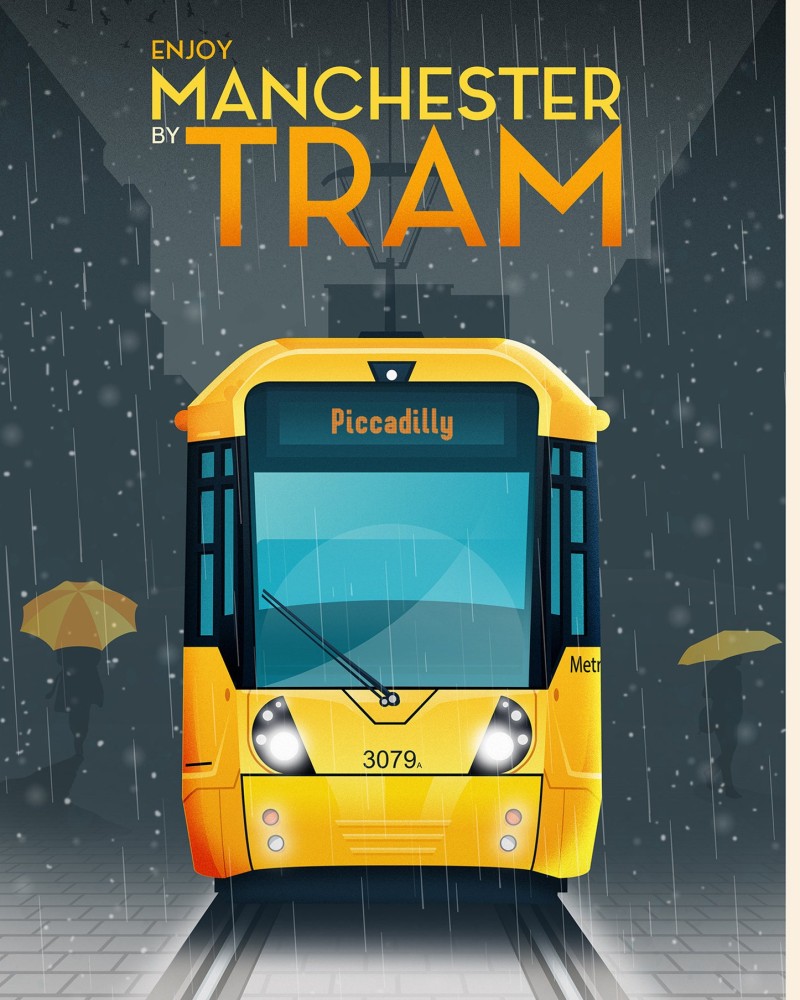Staffordshire (canals, pottery and St Chad)

Staffordshire is one of the many land-locked counties in the West Midlands, this one famed for its pottery history. With industrial roots, most canals these days are now for towpath walks, or pleasure cruising.
Cannock Chase, a designated National Landscape (a more protected new name for Areas of Outstanding Natural Beauty) covers rolling heathland and woodland.
If out walking, always follow the Countryside Code, to keep all creatures safe. Also read our post on how to protect England’s historic canals.
Also in Staffordshire is Flash, the highest village in England. Very close to the Cheshire and Derbyshire borders, it had a pretty rough history of smuggling and counterfeiting money. But today it’s loved by locals and tourists, who visit from neighbouring Buxton, a few miles away.
Ilam: A Swiss-Style Village
This village is well-known, due to resembling a Swiss village due to little cottages and lush valleys (you would think you were in Lucerne, minus the lake). The stately home that lived here was partly demolished in the 1930s. What remains is now a YHA youth hostel, owned by the National Trust.
The Peak District in the North
Staffordshire’s corner of the Peak District sits in the north, England’s oldest National Park mostly being in Derbyshire. This packs wild moorland and rugged peaks, and due to being so accessible from so many counties, is by far England’s most popular walking holiday destination.
The ‘winking man’ is a natural rock formation near the village of Leek, as it resembles a face. Protruding from a hillside, locals know him as ‘Winky!’
Stoke-on-Trent (the historical home of potters!)
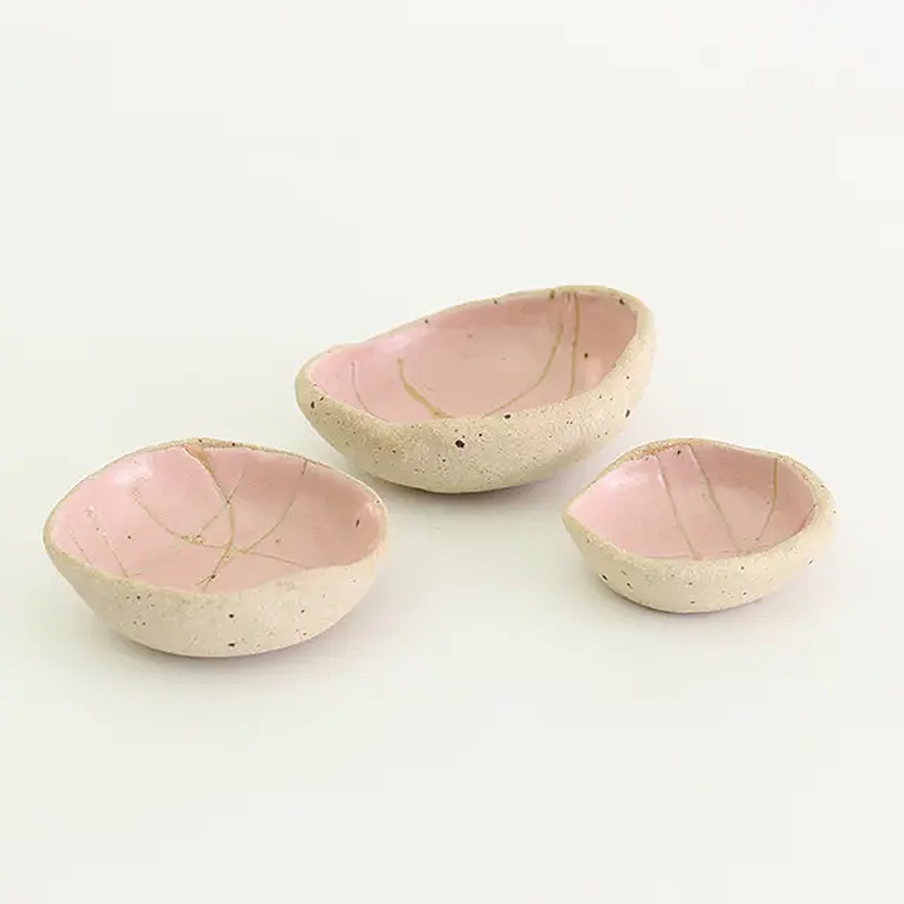
Staffordshire (and in particular Stoke-on-Trent) is of course known for its pottery. These handmade clay wonky bowls are made by hand, with flecked exteriors.
Oxford Clay has a great e-book on 30 ways to make your pottery greener. It includes which ingredients to use and avoid, eco-friendly tools and recipes (including one without the use of oxides). The same author shows how to make glazes with fallen leaves.
Its own pottery is made with clay that’s fired with clean energy, and uses vegan tools and ingredients. This potter creates ‘green’ colours by recycling copper from broken electronics, and ‘blue colours’ by recycling broken glass and bottles from around the city of Oxford.
Saint Chad (from the small city of Lichfield)
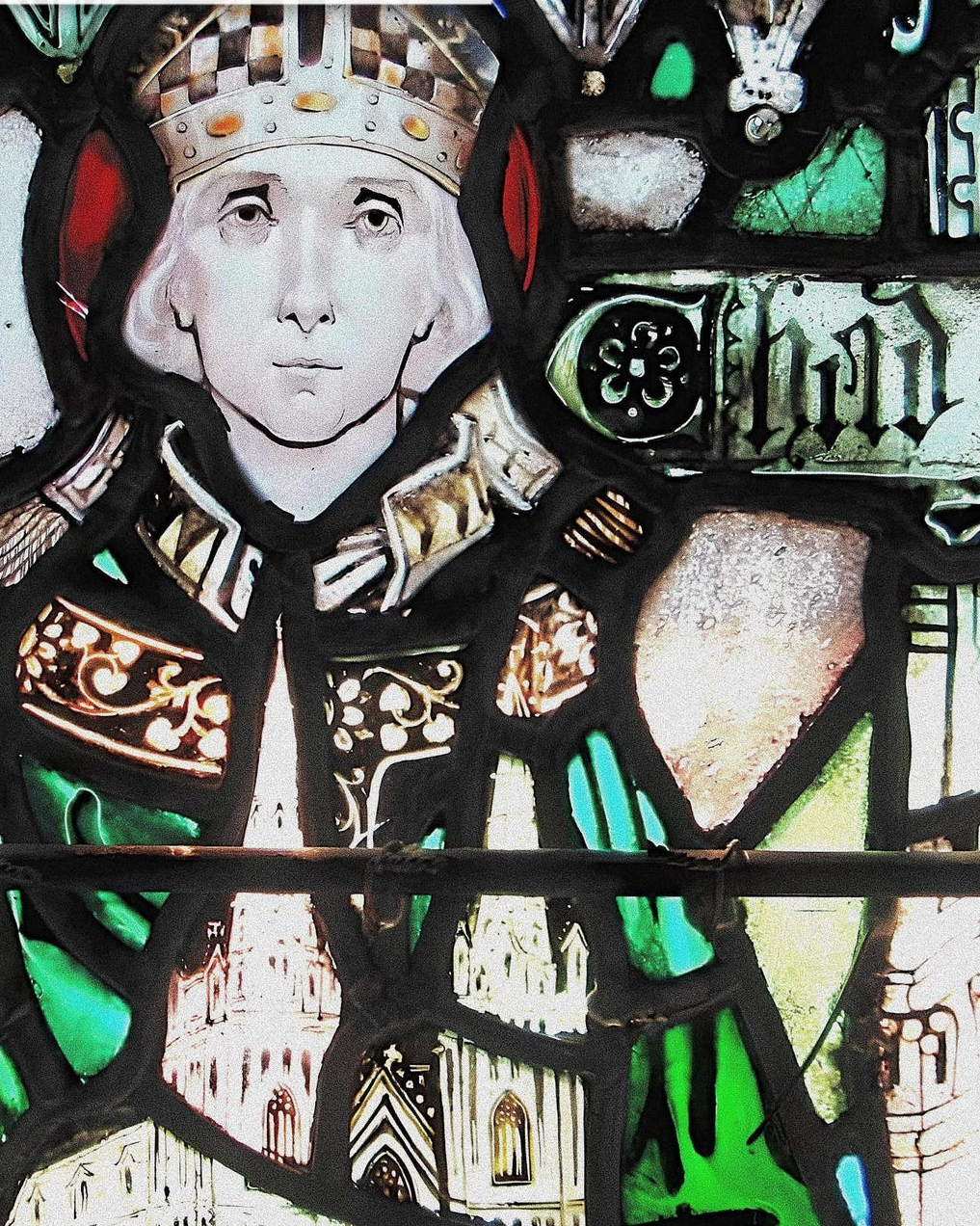
Tucked away in Staffordshire, the small city of Lichfield surprises many who visit. It has a stunning three-spired cathedral, a compact place with hidden museums, green parks and quirky shops.
St Chad arrived in Lichfield back in the seventh century. He became bishop and turned the city into the heart of early English Christianity. After he died in 672, his tomb in Lichfield Cathedral became a spot where pilgrims travelled from all over England. People believed relics of St Chad worked miracles.
Everything changed in the 1530s during the English Reformation. King Henry VIII split the Church of England from Rome and ordered religious shrines like St Chad’s to be destroyed.
Monks and loyal townsfolk tried to protect what they could, but much was lost. All that survived from the original relics was a small portion, later rediscovered and now displayed within the cathedral.
Lichfield Cathedral’s churchyard is the resting place of 18th century Romantic poet Anna Seward. She was very religious and despite writing of romance, never married herself. A bit like England’s version of the Romantic American poet Emily Dickinson.
If you wander a little farther, you’ll find Dr Milley’s Hospital. Despite its name, this isn’t a hospital in the modern sense. Founded around 1500 by local doctor Thomas Milley, it was set up as an almshouse to house women who needed accommodation.
Staffordshire (birthplace to hard-living celebrities!)
For some reason (a bit like Finns who play in heavy metal bands), Staffordshire seems to give birth to celebrities who enjoy a pint or two or more! Locals born here include Robbie Williams (whose parents ran a local pub) and Neil Morrisey (the son of Irish parents).
Motorhead’s Lemmy (the Ace of Spades) also hailed from here. Most other hard-living celebrities had nothing on him. After 15 years of taking drink and drugs, he asked for a blood transfusion.
But doctors who ran tests said his body would go into shock with healthy blood. He wrote that his body was so toxic, that fresh blood would have killed him.
Slash (guitarist with band Guns’n’Roses) spent his childhood here, before his family emigrated. He recalled that when touring in England, visiting relatives ‘downed every drop of cider in our dressing room. Our booze would have killed anyone but us!’


